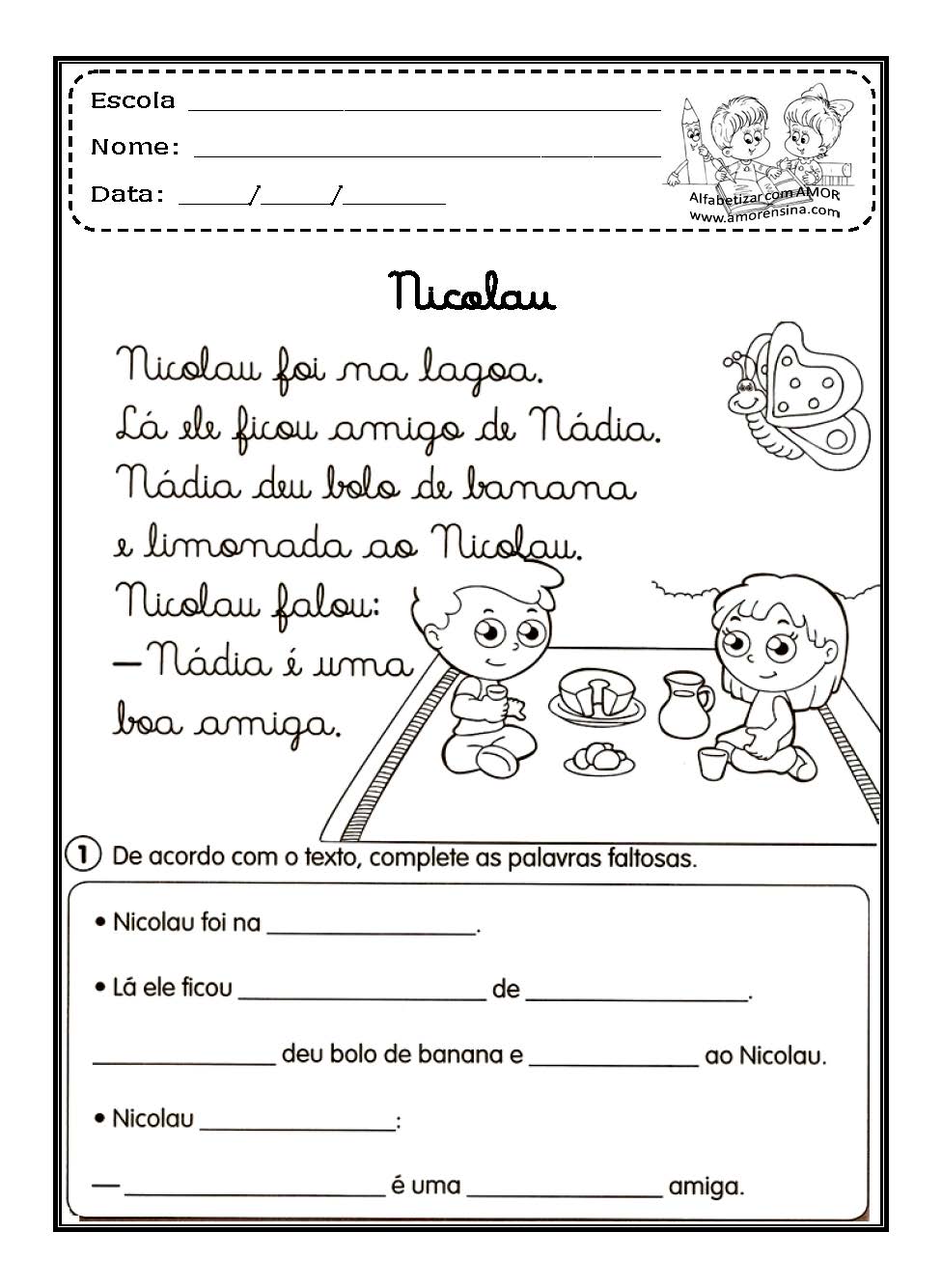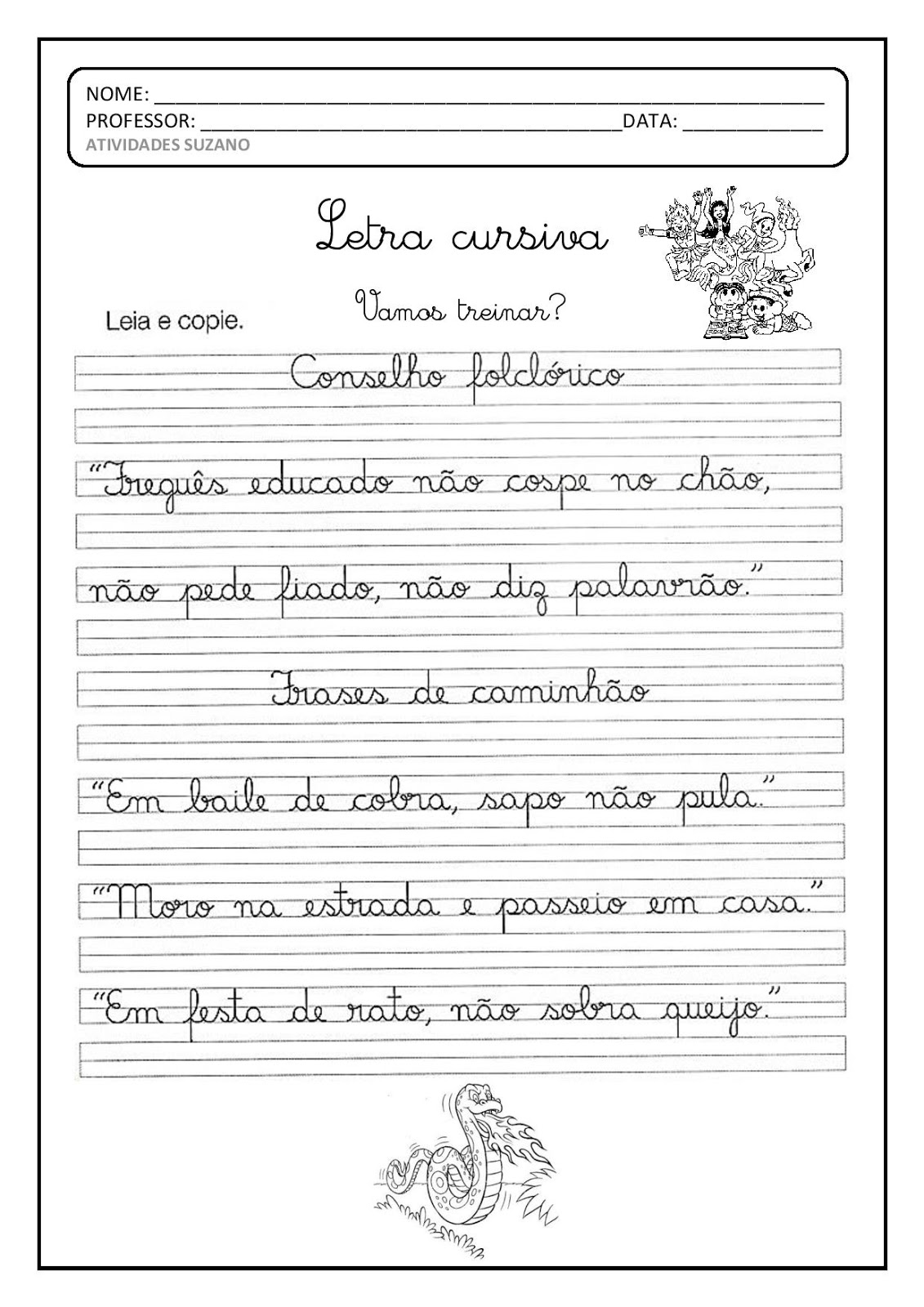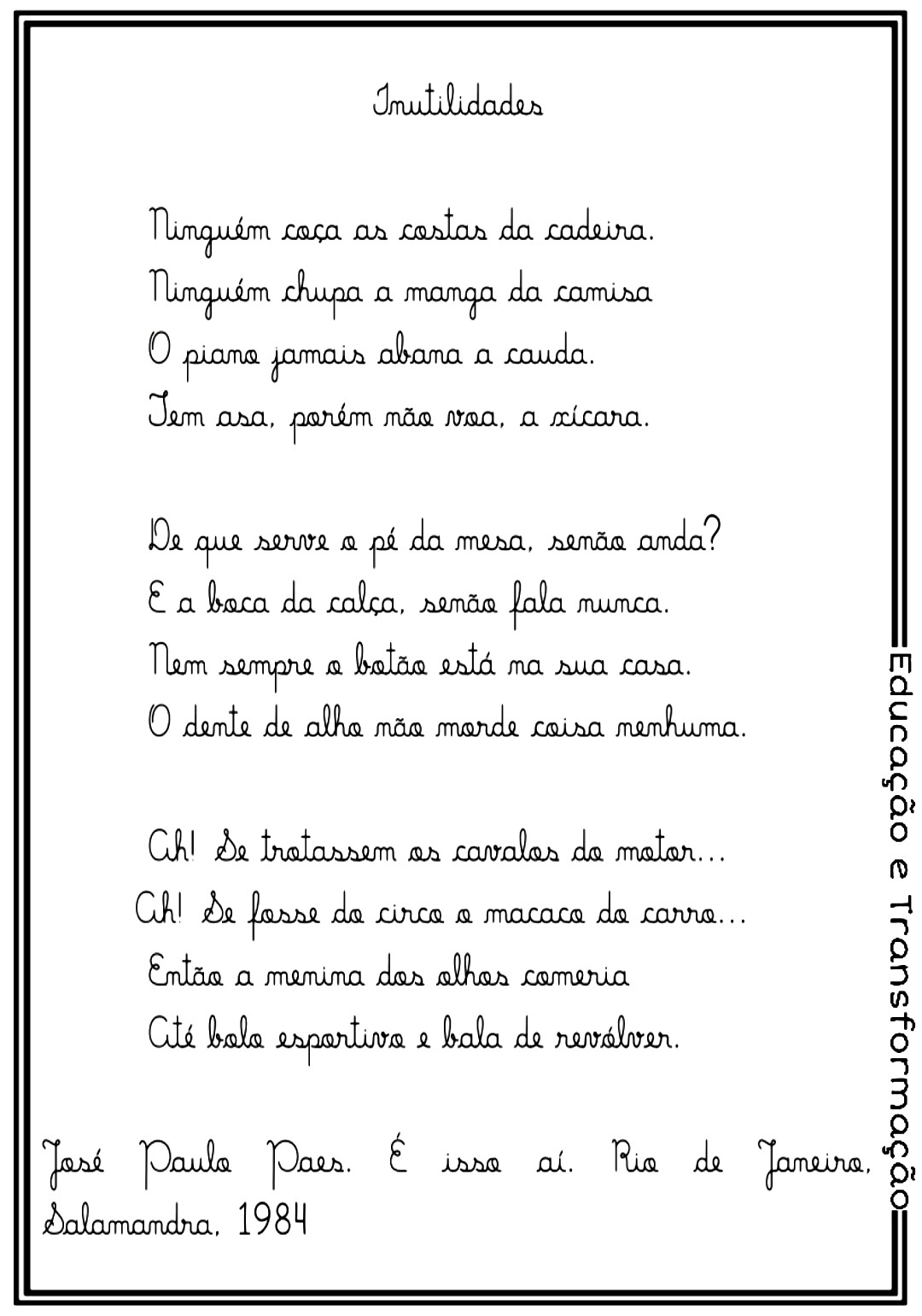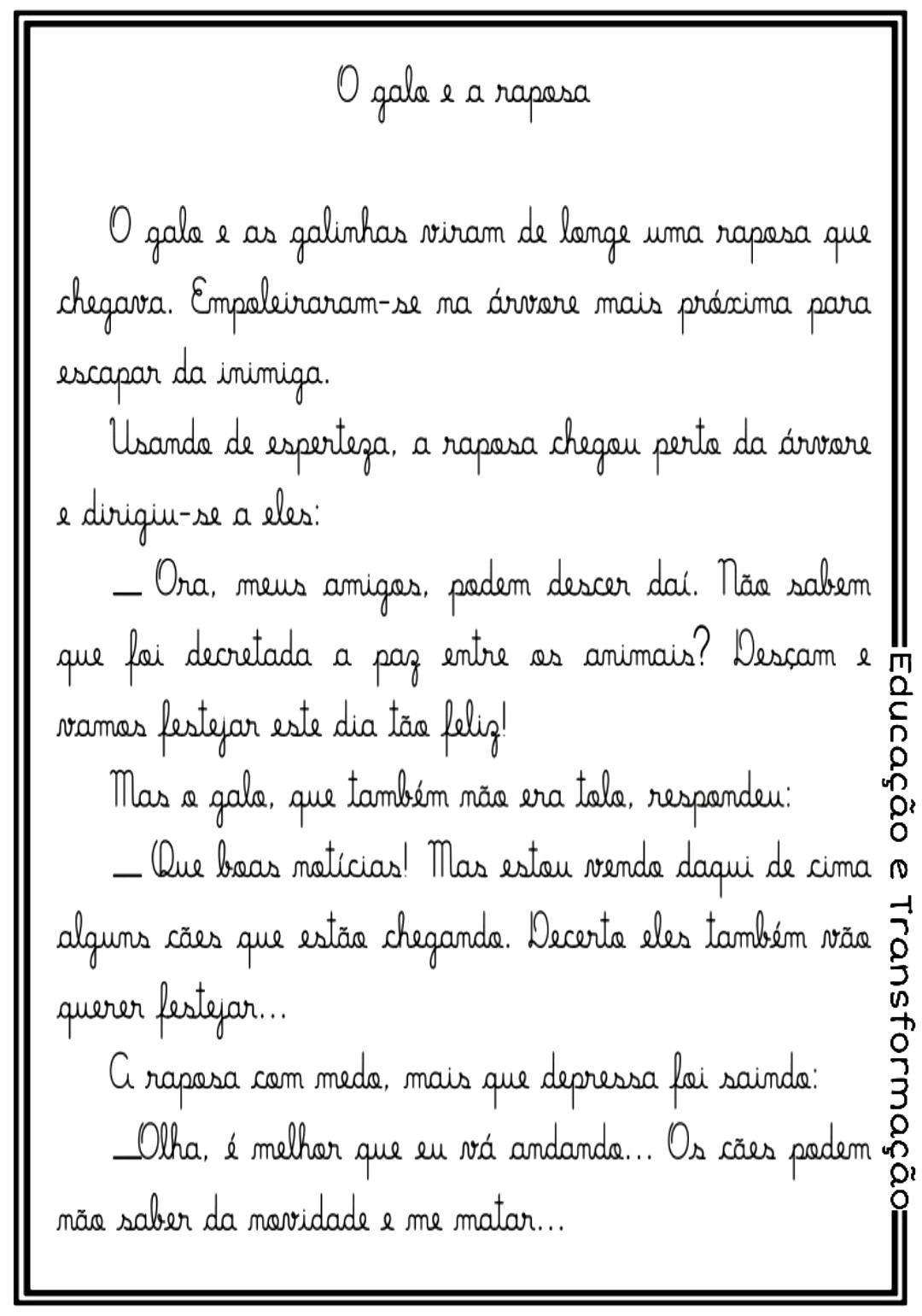The Allure of Cursive Fonts in the Digital Age
In a world dominated by the digital, there's a certain charm to things that hark back to a more tactile era. Cursive fonts, with their flowing strokes and elegant loops, are one such relic. They evoke a sense of nostalgia, a time when words were crafted with care, penmanship was an art, and handwritten letters held a special place in our hearts. But what about cursive in the digital age? Can we still find beauty and purpose in these fonts, or are they simply a vestige of a bygone era?
The answer, like the elegant curves of a well-crafted script, is more nuanced than a simple yes or no. While the necessity of cursive writing has faded with the rise of keyboards and touchscreens, cursive fonts in the digital realm continue to hold their own. They offer a visual appeal that standard fonts often lack, lending an air of sophistication, creativity, or personality to digital documents, invitations, designs, and more.
Imagine, for instance, receiving a wedding invitation adorned with an elaborate cursive font. Instantly, the invitation feels more personal, more celebratory, more in line with the grandeur of the occasion. Similarly, a graphic design project incorporating cursive elements can benefit from the font's inherent artistry, adding a touch of human warmth and elegance to an otherwise sterile digital canvas.
But the allure of cursive fonts goes beyond mere aesthetics. They tap into something deeper, something inherent in our human experience. The act of writing in cursive, even if digitally rendered, can evoke a sense of mindfulness, of slowing down and appreciating the individual strokes that form letters and words. It's a reminder that language isn't just about conveying information; it's also about expression, about imbuing our thoughts and ideas with personality and emotion.
This brings us to a fascinating aspect of cursive fonts in the digital age: their ability to bridge the gap between the physical and the virtual. While we may no longer handwrite letters with the same frequency as our ancestors, the act of choosing and utilizing a cursive font can be seen as a way of reclaiming that tactile experience. It's a way of infusing our digital creations with a hint of the personal touch, the human element that can sometimes feel absent in our increasingly digital world.
Advantages and Disadvantages of Cursive Fonts
While cursive fonts offer a certain elegance and charm, it's important to be mindful of their potential drawbacks, particularly when it comes to readability and accessibility. Here's a closer look at the pros and cons:
| Advantages | Disadvantages |
|---|---|
|
|
Ultimately, the decision of whether or not to utilize cursive fonts in your digital creations is a matter of personal preference and context. By carefully weighing the advantages and disadvantages, you can make informed choices that align with your aesthetic goals and ensure readability and accessibility for your audience.
In conclusion, the enduring appeal of cursive fonts in the digital age speaks to our innate appreciation for beauty, elegance, and the human touch. While their practical applications may have evolved, cursive fonts continue to hold a unique place in the world of typography, offering a touch of artistry, personality, and nostalgia to our digital creations.
Level up your desktop dive into aesthetic cartoon wallpaper for pc
Unlocking history engaging students with world war ii word searches
Unlocking the secrets of tiktok emoji codes














